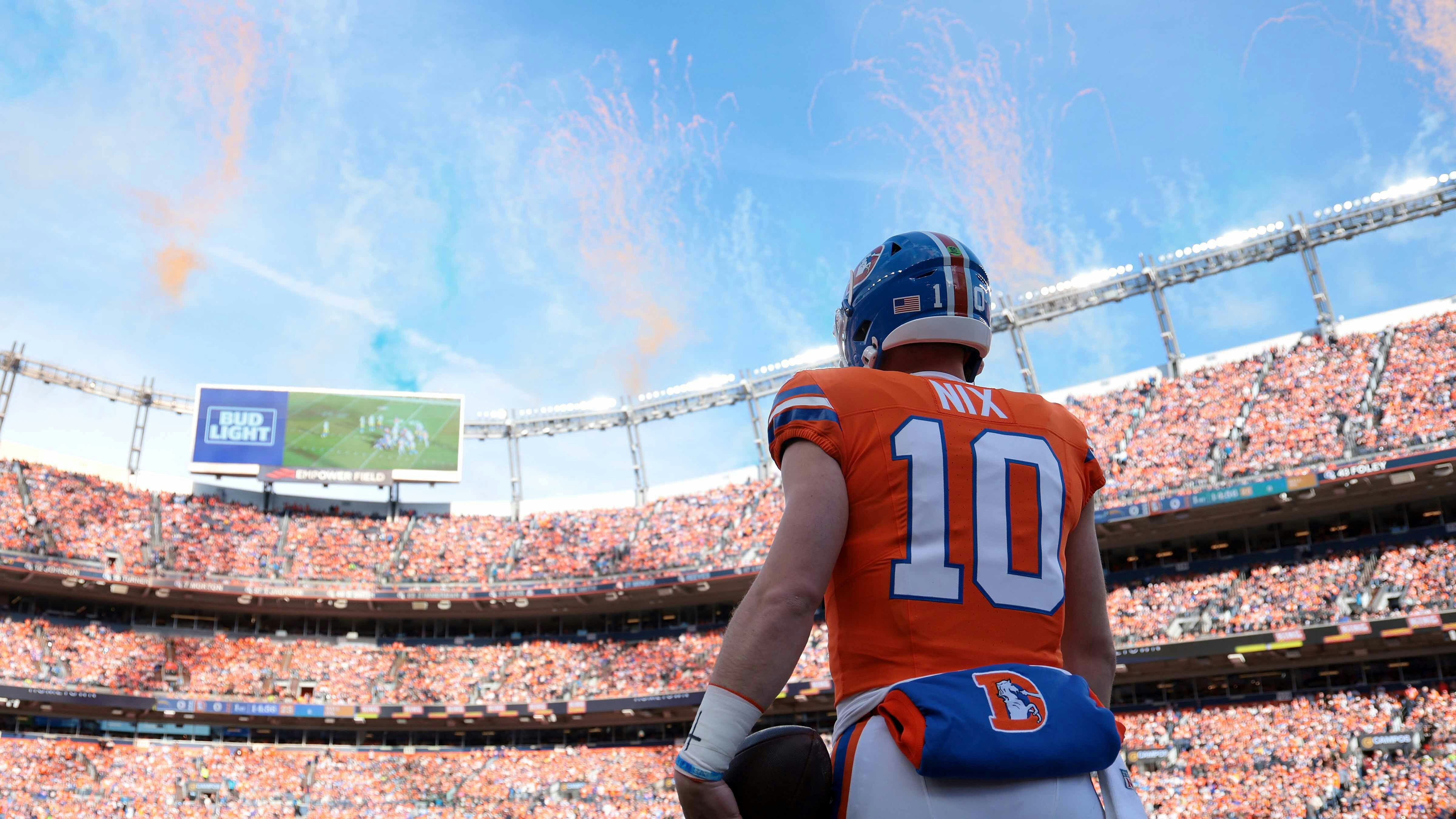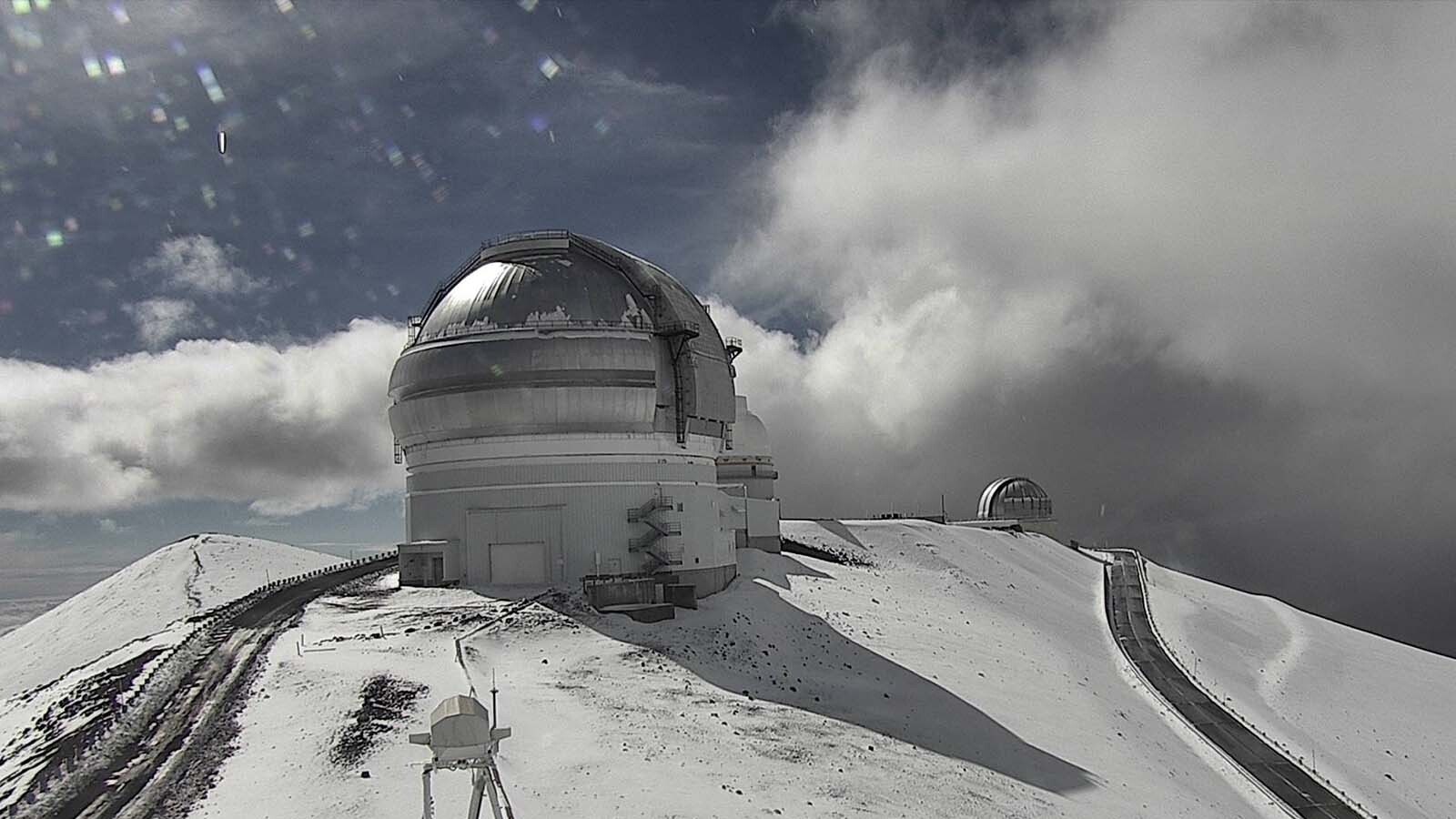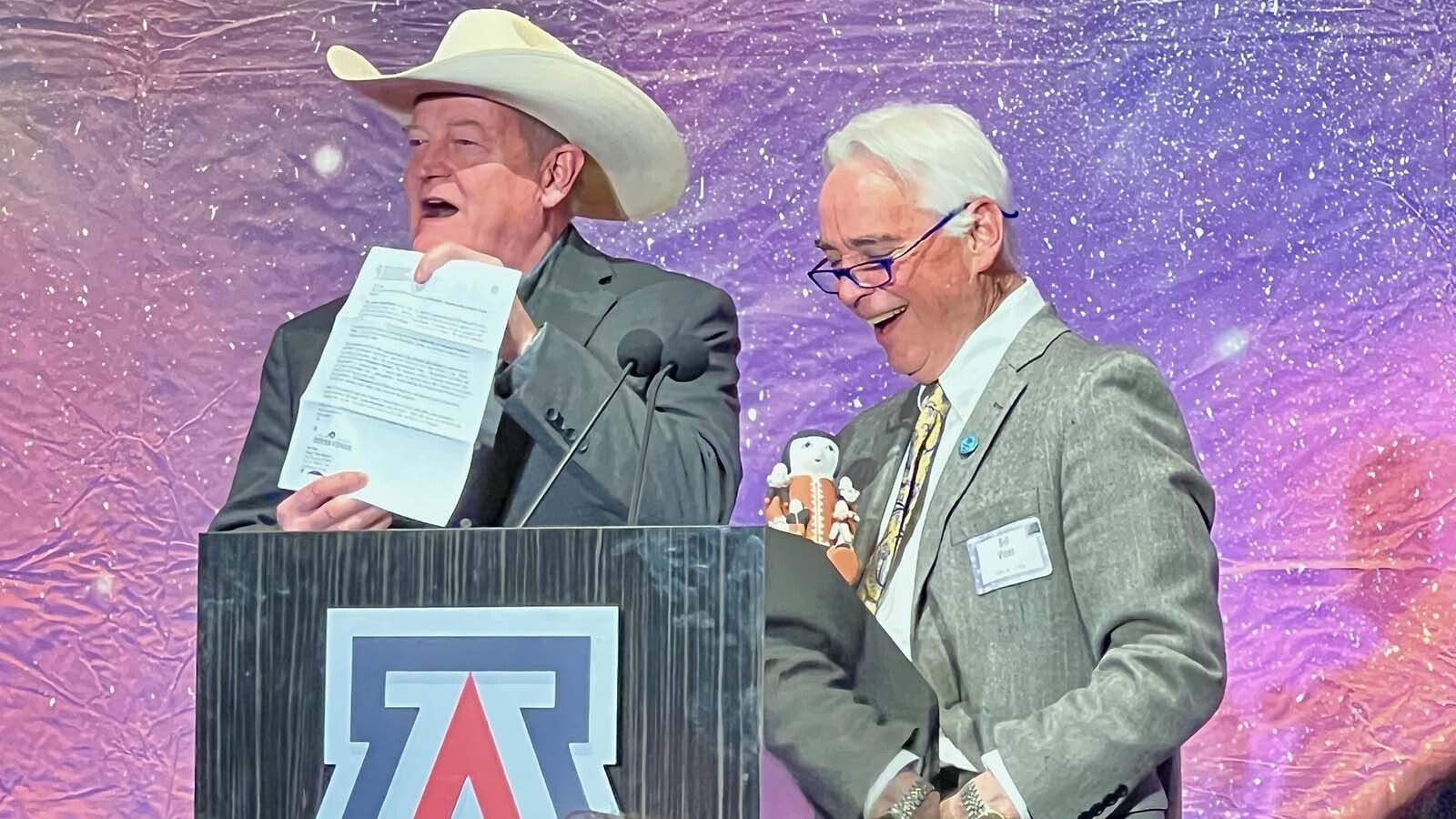CODY — Tucked just off the city’s busy main drag that eventually leads people to Yellowstone National Park sits a little church.
More than 100 years old, it was the first church building built in Cody and is fondly called the “Poker Church” because of its unique origins. It was built using the winnings of a high-stakes poker game.
It all began one night in 1900 at Purcell’s Saloon where a lively, high-stakes poker game was underway between Buffalo Bill Cody, George Beck (Cody’s second mayor), bar owner Tom Purcell and two ranchers in town buying their winter supply of groceries, according to writings by historian Lucille Patrick Hicks.
Now the last thing you might expect from a group of raucous men playing poker is a pledge to put their winnings toward building a church, but most of these men had wives who wanted more places to worship in the young town.
“I think it’s a great story that adds a lot of color to the early beginnings of Cody,” author and historian Lynn Johnson Houze told Cowboy State Daily.
How It Happened
The push for church buildings began in 1898, when Anna Peake and her husband John arrived in Cody, where he became the editor of the Cody Enterprise newspaper.
She rallied the few other women in the new town to make civic improvements, one of which was to build some sort of church.
Being an Episcopalian, Peake wrote to the nearest bishop in the area, Bishop Funston of Idaho. He made a trip to Cody and held a service at the first rock schoolhouse erected that year. He baptized several people and urged his flock to build an edifice, according to information from the Park County Archives.
With so few people in town, most men who were more interested in visiting one of the many saloons than going to church, it was no easy task. But Peake and several other women persevered and “nagged” their husbands about the need, setting the stage for the famous game.
Seated around a table under a single hanging light, a large pot lay in the center with the sum of more than $500.
During a lull in betting, Buffalo Bill suggested that since the pot was so large and “really too much for any one man to win, why not make this the church pot?” Hicks wrote.
Whoever won the hand would donate the winnings to the church of his choice.
Beck won, and he and his wife Daisy designated the money to the Episcopal Church.
With bake sales and bazaars, dinners and drives, the ladies managed to make up the difference, and by late 1901 the church was being constructed on the corner of Rumsey and 11th Street to specifications supplied by the church governance. It was a design that was soon to be seen in many small towns around the state and country.
When it was finished, the church was consecrated Nov. 23, 1902. It was graced with a stained-glass window donated by Bill Cody’s sister, Helen Cody Wetmore.
A lay preacher was appointed to give the sermon, but he apparently didn’t work out and the job eventually fell to Beck. Beck later said he got people to join the congregation by promising they could sing in the choir. Mrs. Patchell (wife of a saloon keeper) was put in charge of the group.
“The choir got so enthusiastic that there were more choir members than people in the congregation,” Beck said at the time.
When a rector was finally sent, he took over with a vengeance, alienating Mrs. Patchell (there were those who whispered that she’d “been fired”) and “excommunicating” Beck, for which he afterward avowed he was “eternally thankful,” Hicks wrote.
Poker Church Is Saved
The little church, which holds about 100 people, remained a mission until 1942, when it was designated a parish.
Parishioner Cheryl Darling, now in her 70s, was just an 8-year-old when she first spent time there.
“I was at the baptism of my second cousin and my parents were his godparents, and I can remember just as plain as day sitting in that little church and just looking at the windows and feeling a real peace and comfort,” she said. “I was just drawn to that little church.”
The Poker Church and its antique organ, which was the first in a church in Wyoming, continued to be used regularly until the present church was built in 1965.
At the time, the Poker Church was moved to its present location on Simpson Avenue (the land was donated by the Simpson family) and it became the chapel for Christ Episcopal Church.
“Cody had all these neat buildings and even though we're a young town, we tended to tear things down rather than save them,” Houze said. “That's what makes the little Poker Church special. It’s one way to preserve their church’s history.”
The church features eight stained glass windows. The one at the front of the church by the altar was placed in 1937 and is dedicated to Dr. Frances Lane, who had been a part of the church from its early years.
“It’s important to me because my mother was born in the flu epidemic in 1918 in Meeteetse and my grandmother had the Spanish flu,” Darling said. “My mother was delivered two months early and Doctor Lane went around to all the homes over there and checked on people and weighed my mother for the first time.”
The original front window, which reads “God is Love,” was moved to the right side of the church. The other six windows were added in the 1960s as a gift from the Simpson family and are all related to miracles Jesus performed, including turning water into wine, feeding the 5,000, healing the paralytic, healing the beggar, casting a demon out of a gentile girl and the resurrection of Lazarus.
Still In Service
Services are held in the Poker Church from June until September, and many weddings and baptisms are performed there throughout the year.
Darling’s oldest daughter was married at the little church in 1990, and Darling has served as acolyte and as part of the Altar Guild at the chapel.
“They're just very quiet,” Darling said of the services. “It's very personal. I just get an intimate feeling when I’m there. The church is special to a lot of people.”
And while some through the years have tried to distance the church from its origin through gambling, according to Hicks, most embrace the story.
Located at the church is a plaque that was placed in February 2002.
It reads, “This little church building, the first in Cody, was funded in 1902 by the last hand of a famous poker game. The players, including Buffalo Bill Cody, agreed that the pot was too large for any one man and should be given to the winner's church. Cody's friend George Beck won and directed that the winnings be used to build this Episcopal church. Through a loving circle of friends and parishioners it was furnished with the first pipe organ in Wyoming as well as stained glass windows and a belfry bell. All who visit and come to pray with us are welcome.”














